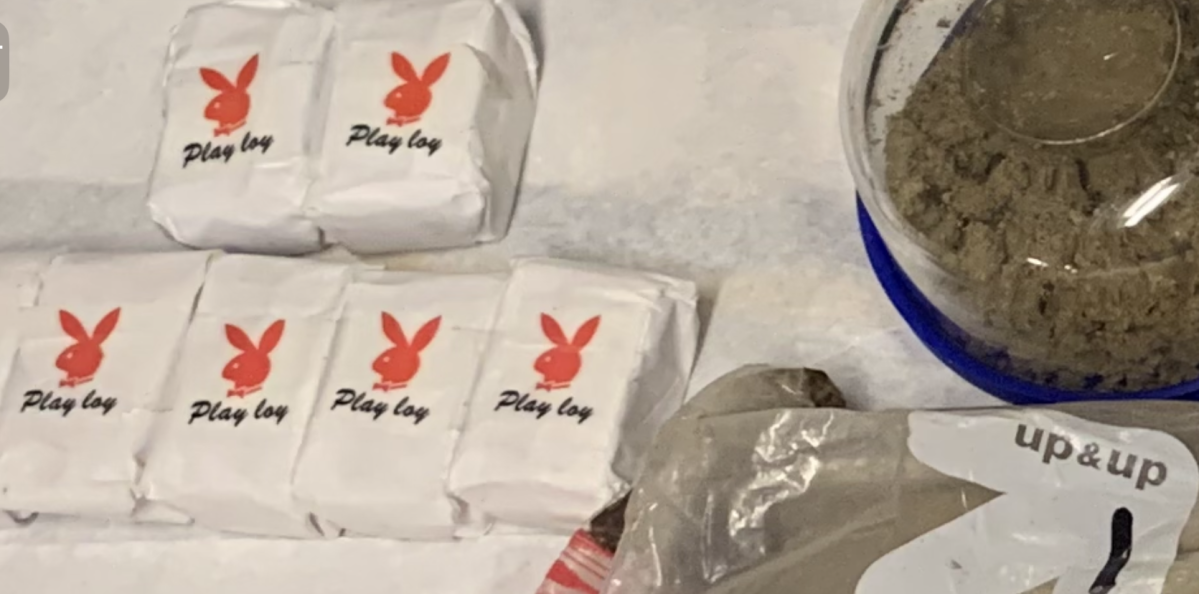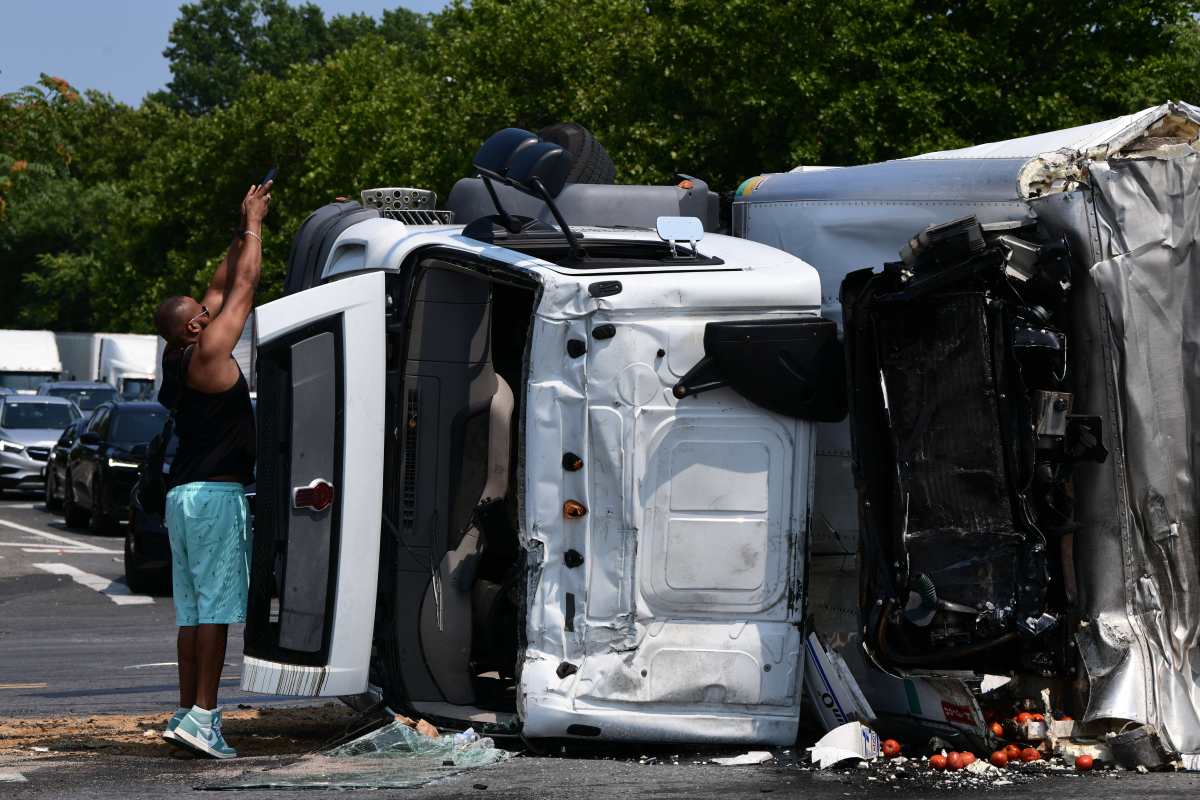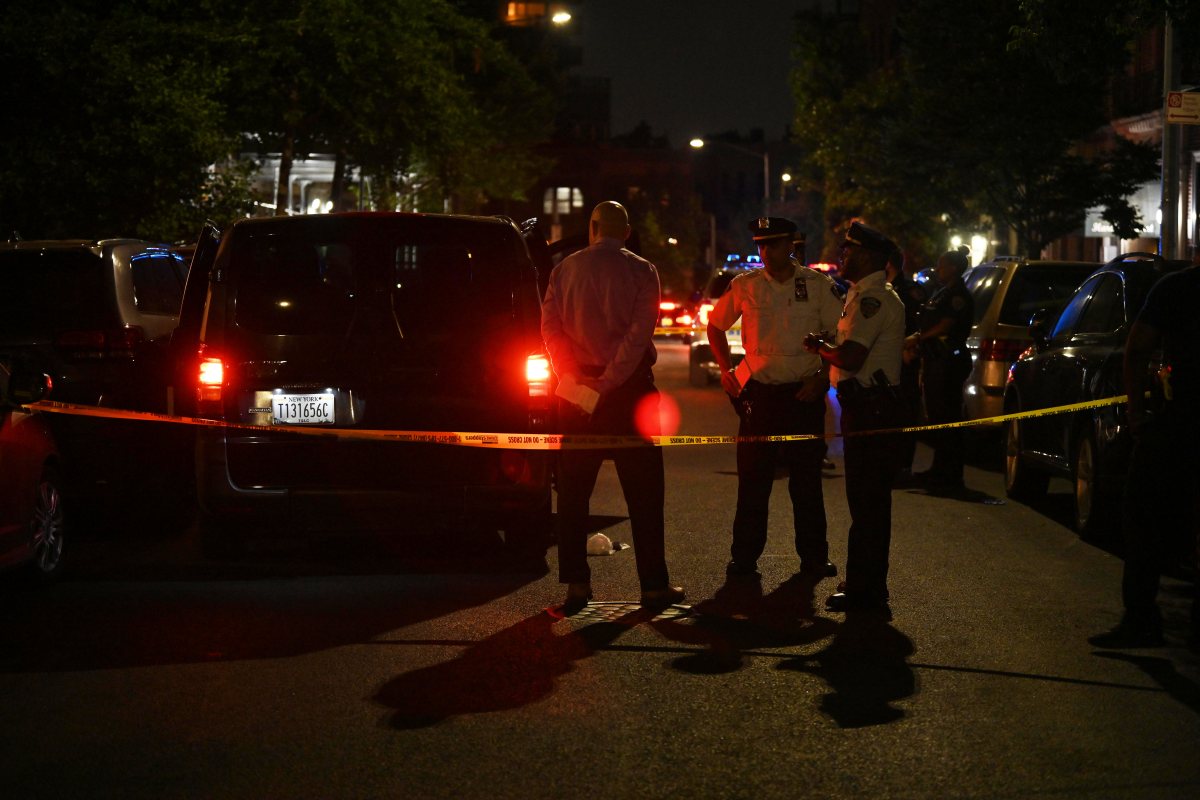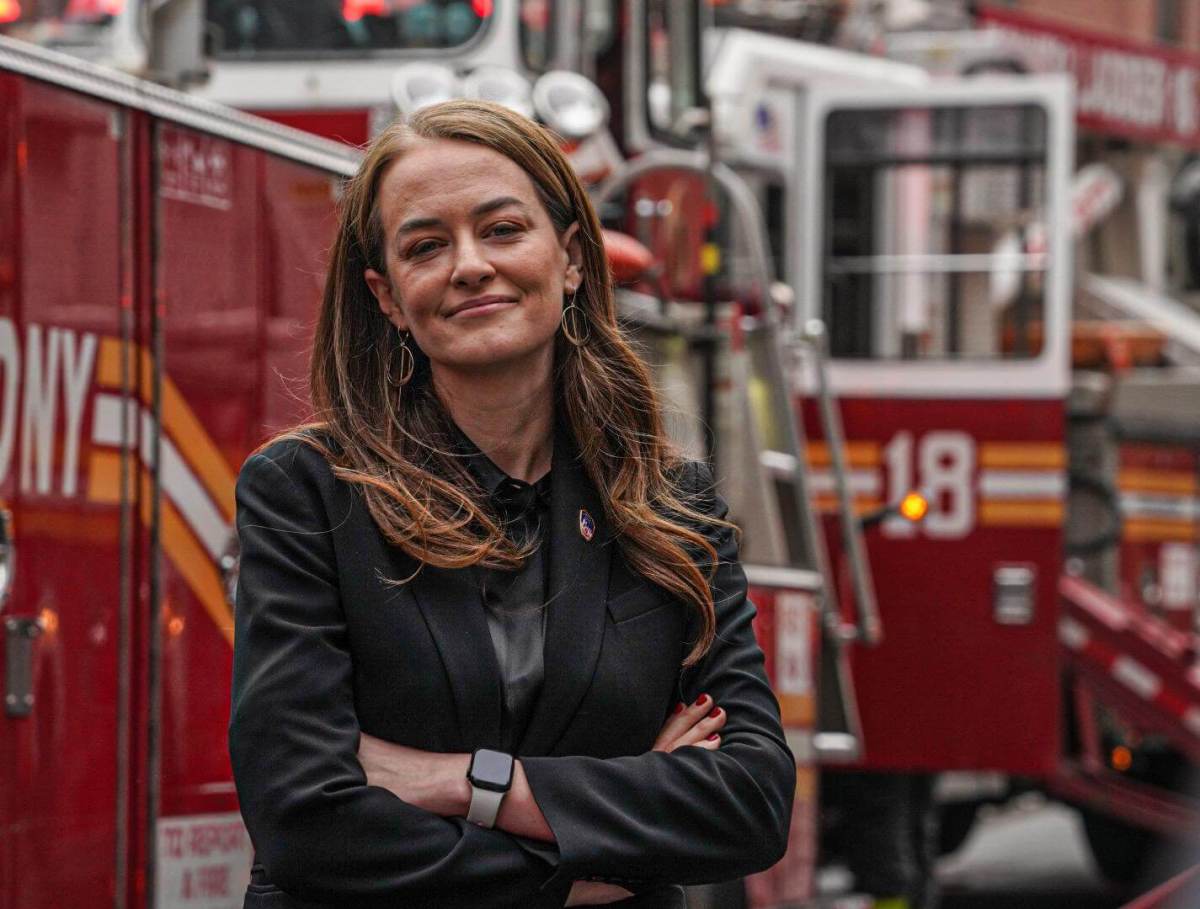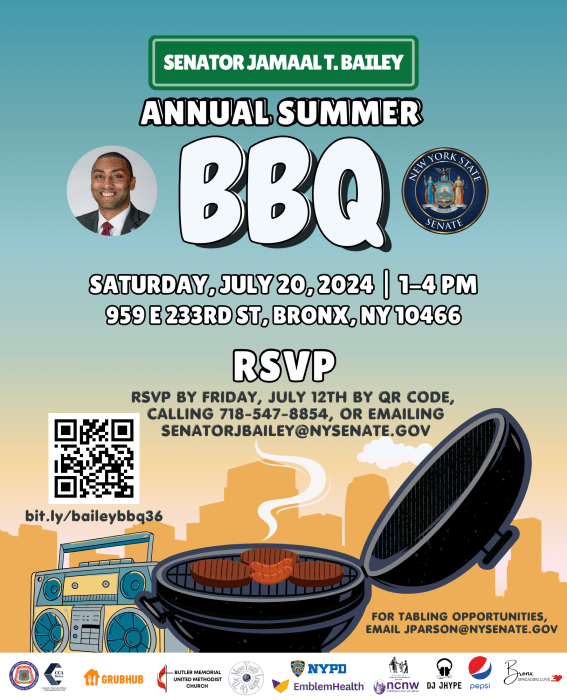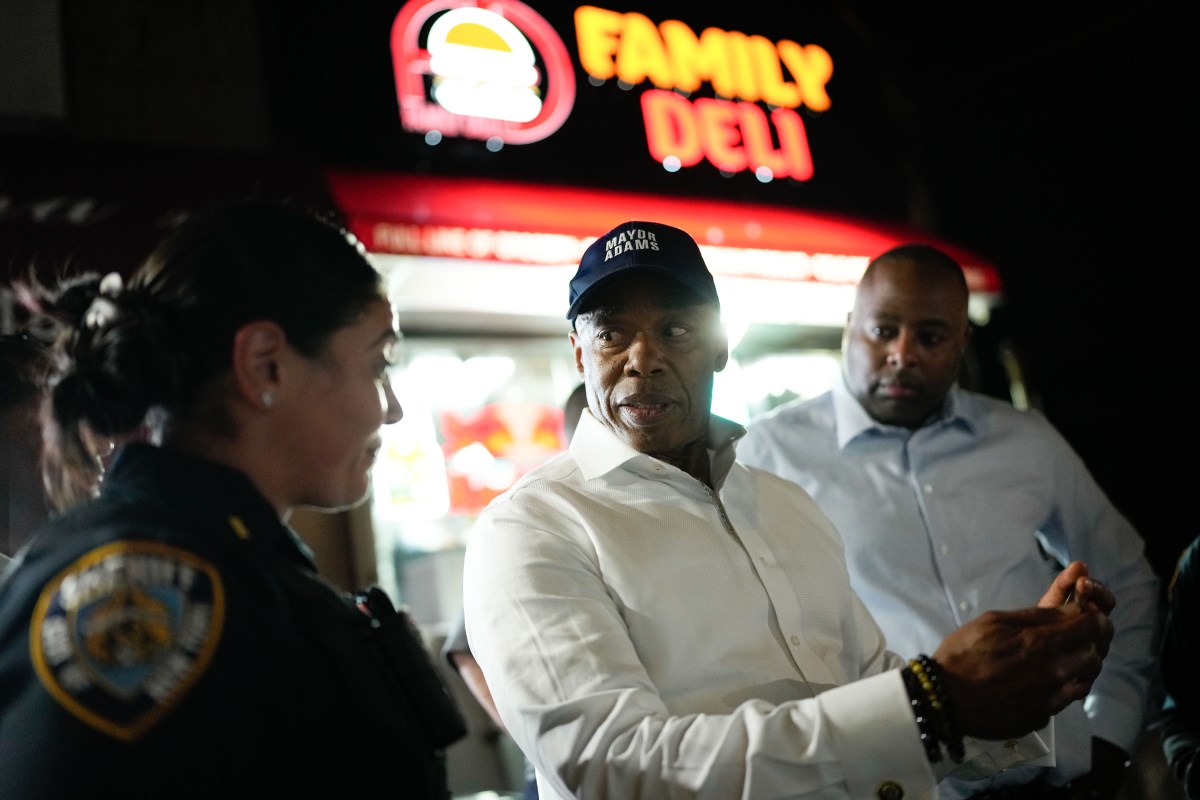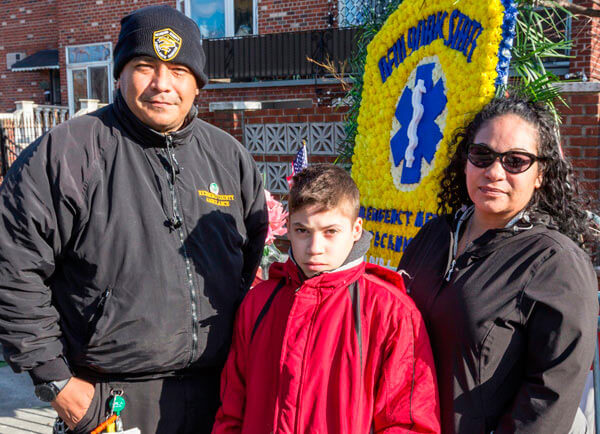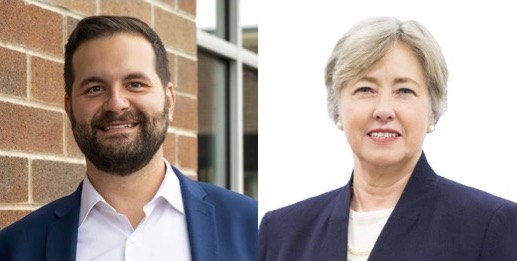New York City’s first “Earn While Learn” program is set to begin in West Bronx’s Hunter Ambulance next month, and the goal is to graduate 80 soon-to-be paramedics into an EMS workforce that is in the midst of a “crisis-level” labor shortage.
Accepting applications until July 10, the program is eligible for NYC residents age 18 and older who have at least a high school diploma or a GED. Trainees accepted into the program will be paid throughout the 10-week training course from July 26 to Sept. 30. Democrat Assemblyman Kenneth Burgos, who represents District 85 which encompasses the Hunts Point and Soundview sections of The Bronx, underscored the need for the program at a June 29 press conference.
“Last year, and years before that and moving forward, EMTs were on the frontline and will continue to be on the frontlines in our city, so a program like this is absolutely crucial,” said Burgos. “Unfortunately, we are in the poorest congressional district [Congressional District 15] in the nation … so when we’re talking about recovering from the COVID-19 pandemic, these are the type of programs that we want to see in the district.”
Much like The Bronx, NYC’s EMS workforce is also attempting to recover from a pandemic that has resulted in a labor shortage that is at a “crisis level,” according to Thomas Maxian, Global Medical Response president of the Northeast Region.
Maxian said that during the COVID-19 pandemic, New York state EMT graduates and enrollees went down 30%.
“Today, the EMT shortage that started as the genesis of the Learn While You Earn program initiative has escalated to crisis level,” Maxian said. “That crisis is crippling our industry and threatens public safety.”
According to American Medical Response, a subsidiary of Global Medical Response and a major partner in the program, “all training costs are covered, and upon successful completion of the program and obtaining their state certification, graduates are promoted to EMT-B with a competitive pay rate increase.”
Oren Barzilay, president of Local 2507 of the Uniformed EMTs told the Bronx Times that he is supportive of the new program, especially at a time where a paramedic career in New York City is becoming less sought after.
“I think the city doing this program is great because it gives young men and women the opportunity to start a wonderful career,” Barzilay said. “Because we know [the city] sees this career as a dying career. People are not staying in this job anymore because of the low pay and the heightened risks associated with the position.”
Barzilay said the city’s 4,300 EMTs and paramedics are grossly underpaid, which is contributing to the labor shortage.
The entry-level salary for ambulance workers is $16.95 per hour or $33,000 a year – about $2 above the minimum, which isn’t a living wage in New York, according to Barzilay. The starting annual salary of an EMT is $35,000—$16.50 an hour—reaching a maximum of $48,000 after five years. FDNY EMS workers are paid about 40% less than firefighters and police officers.
“I became president four years ago with the main objective to bring my men and women from poverty wages into living wages,” Barzilay said.
One of the reasons Barzilay believes the city’s paramedics are being disproportionately paid compared to other first responders in the city is due to a high volume of people of color in the field.
“We believe the city is discriminating against our workforce because we have the highest share of minorities across New York City first responders,” he said. “We’ve filed a federal lawsuit against the city because we are seeing discriminatory and uneven payment to our first responders who are saving lives every day.”
Over 50% of New York City’s paramedic and EMT workforce are comprised of people of color, 30% women and roughly 6% Asian-Pafician Islander.
Maxian said the “Earn While You Learn “program has been successful in graduating top-level paramedics and increasing diversity in the force – with 50% of the graduates being women and 38% being people of color.
Assemblywoman Nathalia Fernandez, a Democrat who represents District 80 which covers Pelham and Allerton sections of The Bronx, proposals for higher wages for EMTs is a matter that she is committed to.
“How can [New York City] have a shortage of essential workers, our first responders who all know when we need them, we need them. So the more EMTs that we have, the quicker the [response time].” Fernandez said.
But low wages aren’t the only reason for the city’s shortage in labor, it’s also unsafe working conditions provoked by incidents of assaults against EMT workers leading to heightened fatality rates.
In a 2020 study of NYC EMS clinicians and firefighters, the Journal of Emergency Services concluded that for the first eight months of 2020, EMS clinicians in the FDNY had a risk of fatality that was 14 times higher than for firefighters in the same department.
And attacks against paramedics have also risen in recent years. On June 17, a Bronx EMS crew was attacked after a patient became violent in the ambulance.
More than one EMS professional in the U.S. is violently killed on duty and 2,000 EMS professionals injured every year in a violence-related incident, according to the U.S. Centers for Disease Control and Prevention.
And while passion has been a driving force for paramedics in the past, Barizlay said that without a living wage and improved working environments, the city’s paramedic shortage will continue.
Because of the difficult work conditions and low wages, Barzilay said half the EMS workforce quits after three years with 70% leaving after five years.
“We lose about 600 paramedics a year going to police and fire [units] and I guarantee they will tell you this is the greatest job on earth,” he said. “There’s no other profession where you can walk into another person’s home and impact and touch another’s persons life like we do. But it doesn’t keep a roof over our head or prevent other fellow paramedics and emergency service workers from hitting the poverty line.”
Earn While You Learn programs have been successful in previous stops throughout the country, graduating roughly 500 EMS professionals since first launching in 2018.
Dan Leibowitz, president of Hunter Ambulance Group, said that prospective paramedics in the program could be added to a network of 550 emergency service workers under the Hunter Ambulance umbrella in New York City and Long Island.
Graduated EMTs will have the opportunity to work for American Medical Response (AMR), Hunter Ambulance or CrowdRx.
Tatiana Adorno, a graduate of a Massachusetts-based Earn While You Learn program and rising paramedic in 2022, hopes that the program can provide similar pathways to a career in the paramedic field for NYC-based applicants.
“I graduated from the Earn While You Learn program last summer in the middle of a pandemic, it was a crazy time but we did it,” she said. “Earn While You Learn meant hard work, time and dedication … I had no idea I would fall in love with being an EMT and it’s a great first step to apply this opportunity to the career I just learned.”
Reach Robbie Sequeira at rsequeira@schnepsmedia.com


